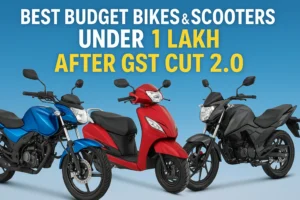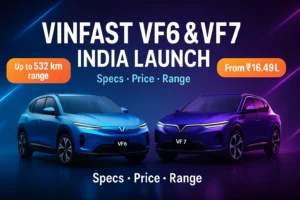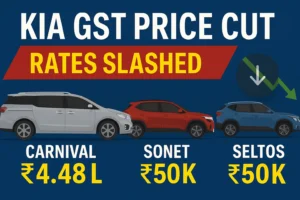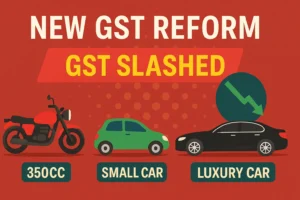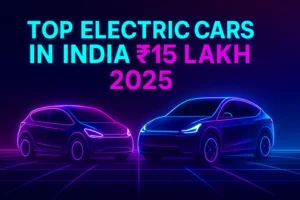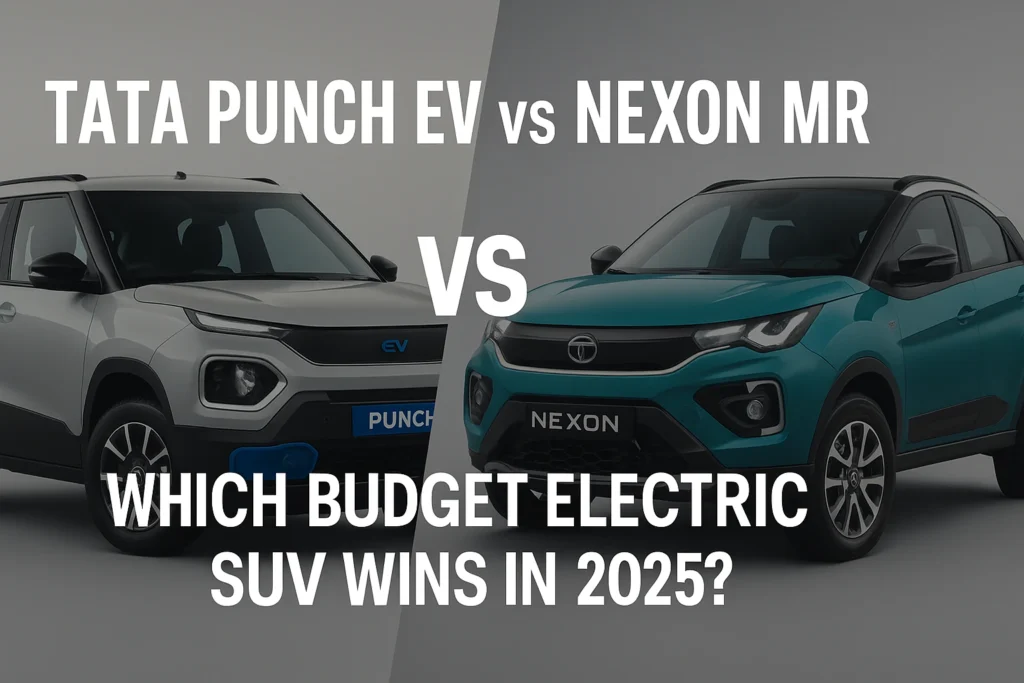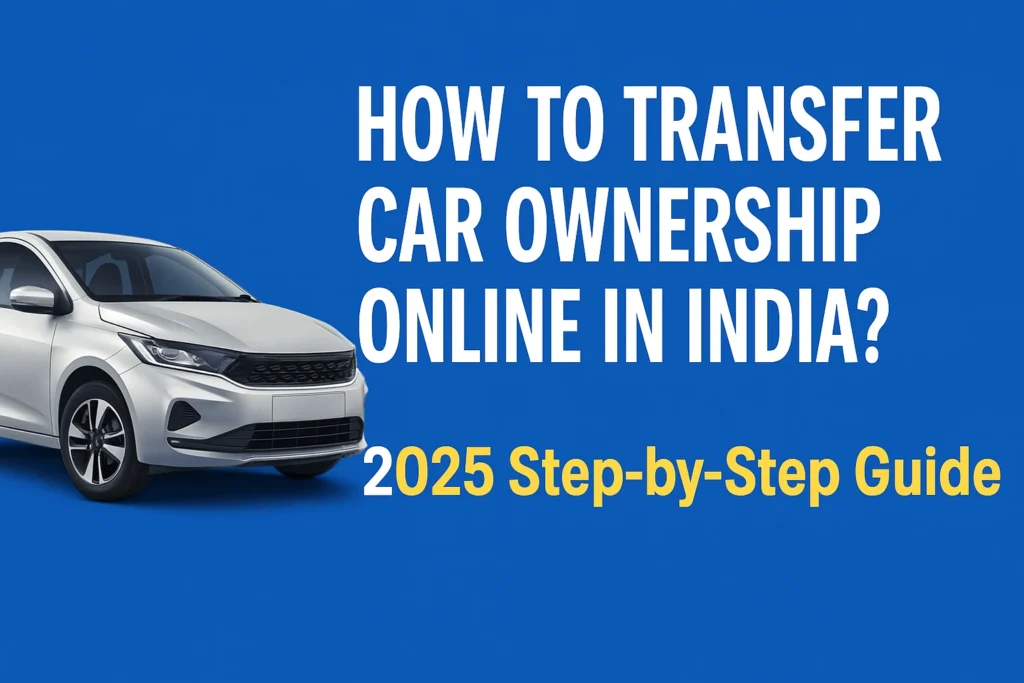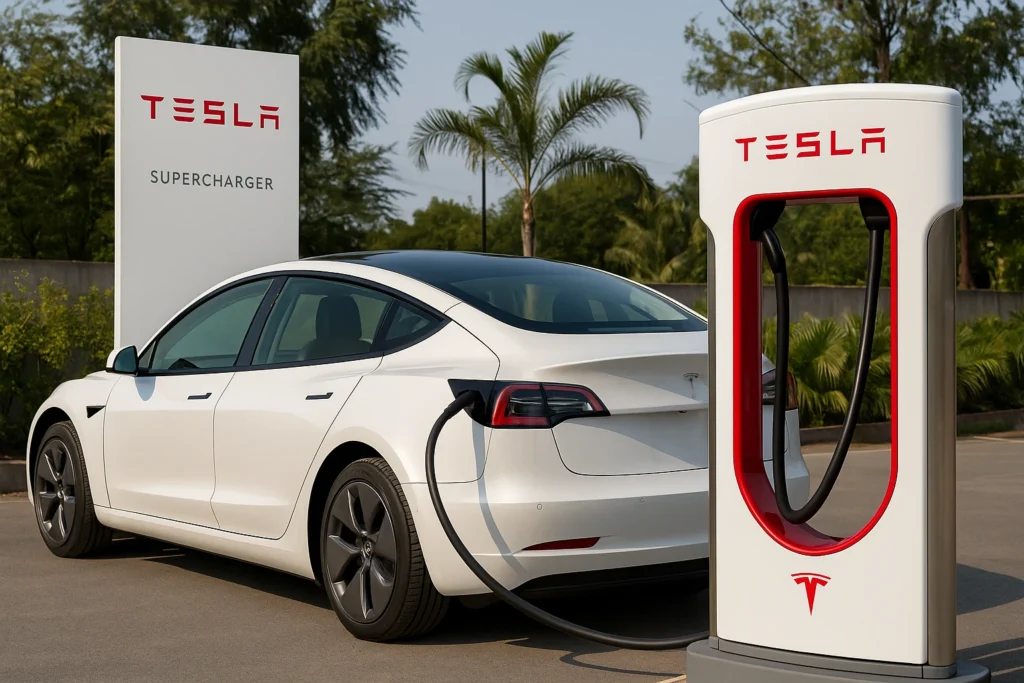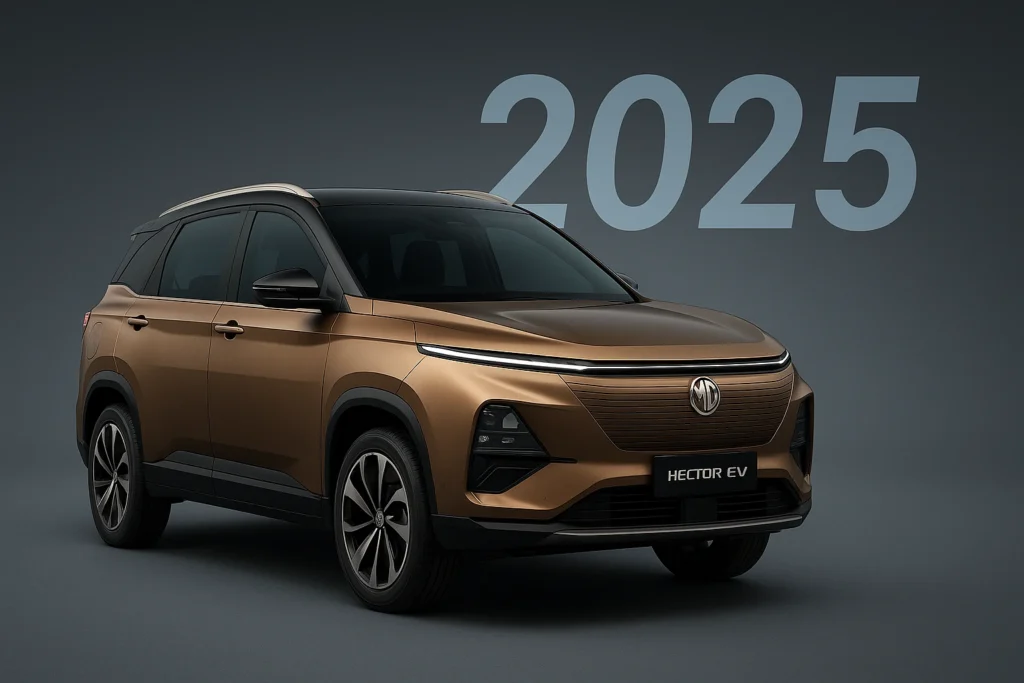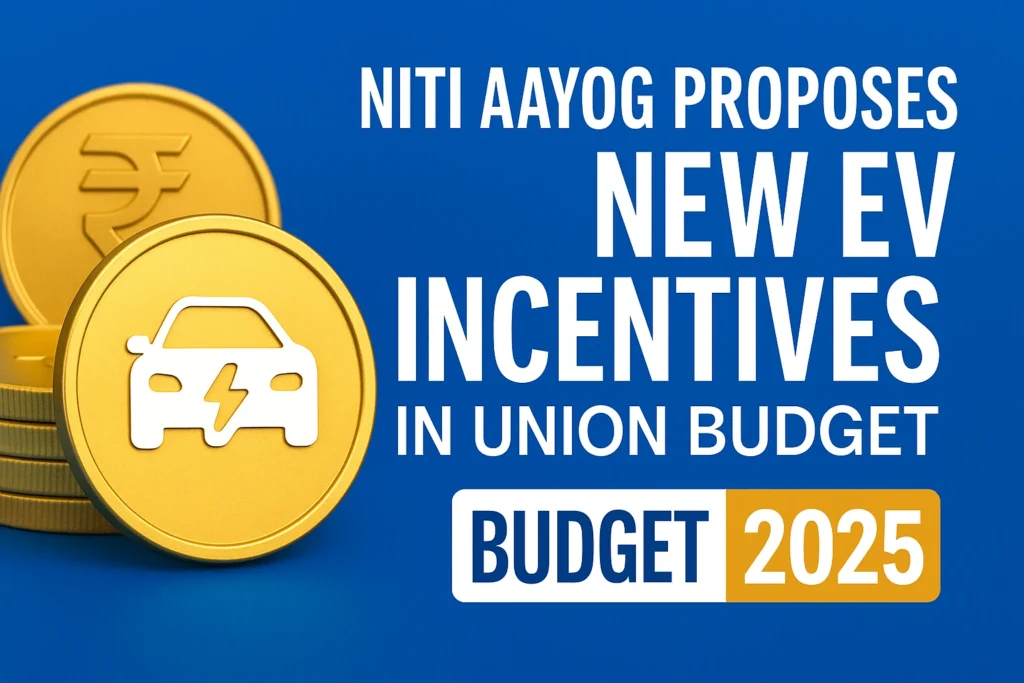Japan and the U.S. are on the verge of slashing auto tariffs, cutting them from 27.5% to 15% – in this US-Japan tariff deal that could reshape global car pricing and supply chains. For India, this development presents both opportunities and challenges. Here’s what you need to know about this.
Quick Highlights & Context
- Current U.S. Tariff: 27.5% on Japanese automobile imports
- Proposed Rate: 15%, effective within 10–14 days once signed into policy
- Scope: Applies to all automobile categories, including EVs
- Global Impact: Japanese cars may get significantly cheaper in the US, pressuring other automakers
- India’s Angle: Opens a competitive export window for parts, tech partnerships, and niche OEM plays
Pros & Cons for India
✅ Things We Like
- Potential export opportunities for Indian auto part makers filling Japan’s supply gaps
- Competitive cost positioning for India-made vehicles in certain U.S. niches
- Possible joint ventures or technology-sharing with Japanese OEMs
❌ Things We Don’t Like
- Increased global competition for Indian automakers who lack US market entry credibility
- Risk of price pressure on Indian exports to other markets if Japan dominates with tariff advantage
- Limited short-term ability for India to scale EV exports to US standards
Why This US-Japan Tariff Deal Matters?
This US-Japan agreement tariff cut isn’t just a bilateral trade detail, it’s a signal of shifting auto trade power. For Indian OEMs like Tata Motors or Mahindra, it could accelerate the need to either:
- Explore export partnerships with Japanese brands already scaling in the US, or
- Double down on domestic EV and hybrid competitiveness to stay relevant globally.
For India’s robust auto components sector, this could be a once-in-a-decade chance to grab a larger slice of US imports if they can align with Japanese supply chains.
Buyer Angle: Who Should Care?
- Component Exporters: Start preparing competitive bids with Japan-linked supply in mind.
- OEMs with India–Japan ties: Sharpen cost optimization and pitch US-ready tech.
- Policy Makers: Consider incentives for export scale-ups to ride the wave.
- Investors: Expect volatility in stock prices of global OEMs, and track India’s suppliers.
Also Read: Auto GST Cut to 18% in India on Small Cars & Bikes – Diwali Sales Set to Lift



